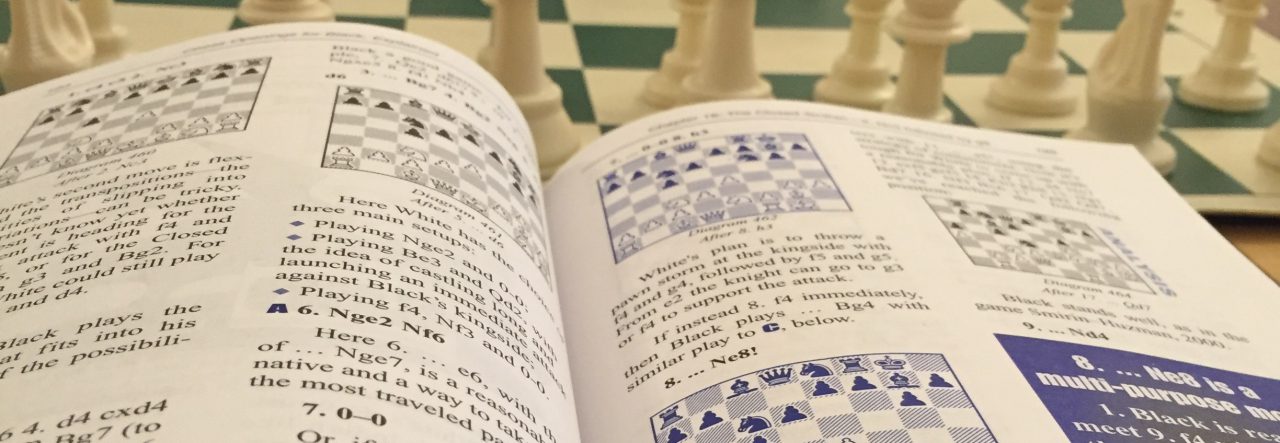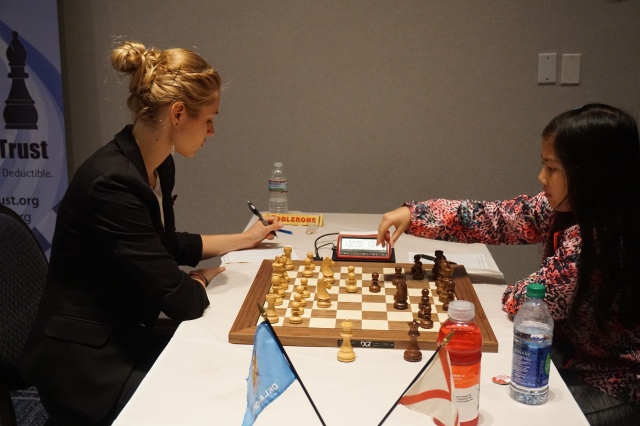After covering the U.S. Open for a chess website and not actually playing in the tournament, I am excited and gearing up to jump back into tournament play. Surprisingly enough, my next three tournament choices happen to be one weekend right after another. These tournaments are: the Manhattan Open (8/18-20), the North Carolina Open (8/25-27), and the New York State Championships (9/1-4).
As someone who plays very infrequently, it will be quite bizarre for me to be playing three tournaments in a row, and even more difficult for me to play 3 day long tournaments. Luckily, my school year does not start before the Manhattan Open, I can skip my first day of school for the NC Open, and the NY State champs will be held on Labor Day Weekend.
Going into these tournaments, I have a series of expectations, that I hope will happen in reality. I will write an article later on which of them became a reality.
I hope to…
peak
Never a consistently playing chess player, I did not get my rating past the most amateur levels. I will only need to gain 13 more points to peak, which is easy at a U1200 level.
pass 1200 USCF
Connected to my last expectation, I do not have to reach so far to pass this point, either. I need 54 points, which can likely be achieved in one tournament, much less 3. This depends on my performance, of course, but no one is a stranger to big rating jumps if a tournament goes well.
eat more healthy foods during the tournaments
This one is always difficult post scholastic chess period. No more parents to run around buying meals and take care of you! Worst of all, round times are always tricky. Eating schedules get all mixed up and worse, it is hard to find food at near midnight in some places. I recall at Millionaire Chess 2016, I had buffalo wings so many times at the only restaurant open after the games were done at midnight (or later). For those under 21 like me, bars are not an option, either. Regardless, I’m looking eat healthier in order to keep the energy high. After not playing for a long while, stamina might be an issue.
Also imperative to my performance is eating not too close to the round times or too many heavy foods. Red meat, for instance, takes hours to digest and I do not want to have my body working on some hard digestion while I play.
play better in the endgame
Without a doubt, my biggest weakness at the World Open tournament was my endgame play. I struggled a lot with winning won games and had good games to analyze as a result. Improving upon this weakness currently with my coach, it’s reasonable to hope that I will see some improvement. It is definitely my biggest desire to improve upon that aspect in chess.
meet many new people
Honestly, this has to be my favorite part of chess playing and reporting by far. From the highest seed grandmaster to the youngest beginner of the lowest sections of a tournament, there are always new people to meet, learn from, and share new memories with. It’s always a wonder what old friends I see at tournaments- I bet there will be many at the U.S. Masters/North Carolina Open- and which new friends I make. Especially important to me is to make friends with more female chess players and encourage younger female players to continue with their chess dreams.
learn a bit about tournament organizing and directing
Now that I’ve started doing reporting as well as playing chess, I’d like to continue a more well rounded education and watch what it takes to run tournaments. Maybe in the future I’d like to run some fundraising tournaments or events.
All in all, I feel my expectations are reasonable and perhaps I am not even challenging myself enough, but they are certainly attainable. If anything at all, I am probably most likely to fail the food diet expectation but this deviation from the normally unhealthy experience of a chess tournament is relatively difficult to overcome given time restraints.
What sorts of expectations, if at all, do you set before a tournament (or tournaments in a row)??


















































